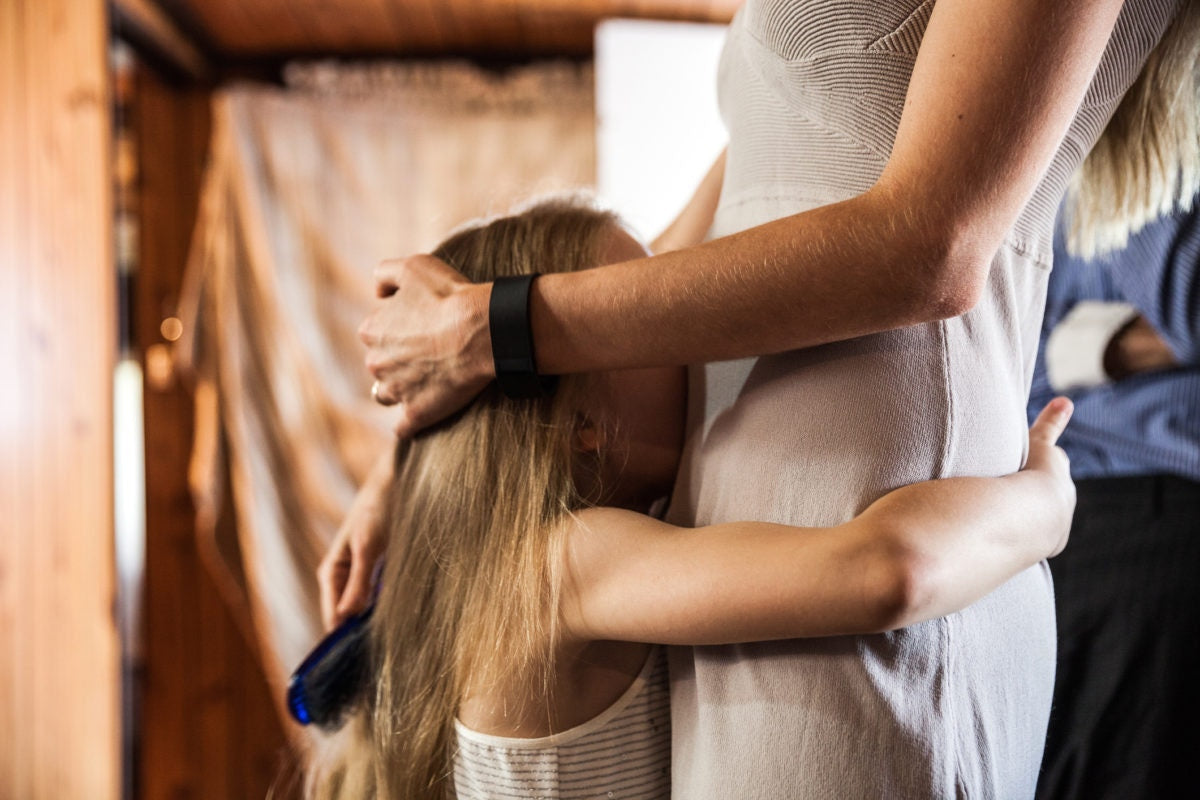It’s that time of year again when I have to keep a huge secret from my kids. Last time I took them they started crying, screaming, and demanding that we go home. No, I'm not talking about going to a haunted mansion for Halloween. I am referring to the dreaded flu shot at the pediatrician’s office.
Children are certainly not in a good mood when they know they have to get a flu shot. This could be more of problem than we ever realized. A new study at the University of Nottingham in the United Kingdom found a link between our mood when we get a flu shot and the effectiveness of the vaccine.
For years, researchers have been studying a range of factors that can affect our immune response to vaccines, such as sleep, stress, physical activity, and nutrition. This new research specifically looked at patients’ psychological well-being. The study began two weeks before the vaccine was administered when individuals took a blood test to check antibody levels. They were also asked to fill out diaries detailing food and drink intake, physical activity, stress levels, sleep, and mood patterns. For four weeks after the shot, they continued to record in their diary and had additional blood tests on weeks four and 16. Finally, the research team assessed the data and found that positive mood was the only factor that predicted higher flu antibody levels in the blood samples. In fact, the influence of the positive mood was especially strong on the day the participants received the shot.
Given this vital discovery, how do we possibly overcome what seems like an impossible task to keep our kids happy and calm before they get pricked? Here are some ideas.
Mindful breathing
Mindful breathing has been scientifically proven to minimize stress and anxiety. It’s times like these when we need to rely on the breath to get us through the stress. Try an easy tactic with your kids called Heart Hands in which you create a heart shape with your hands. Ask your child to breathe in as you expand your hands to a heart shape. As she breathes out, collapse your hands into two fists side by side. If you don’t have a free hand, then ask her to take a deep breath in and to pretend she is blowing out a candle or blowing bubbles. Repeat this exercise several times.
Music
Music is a magical mood shifter. It helps take our attention from fear to something more pleasing. Sing a song or play one on your phone as your child is about to have the shot. Consider putting together a special playlist for your kids to listen to when they're stressed so you have it on hand in case they need it. Although slow, quiet classical music is known to have calming effects, it's really a personal choice to discover which music your children find most soothing. Upbeat party music may actually be a more effective distraction than slow orchestral music.
Soothing imagery
Another option is to bring along some beautiful pictures of nature to look at. Research shows that viewing pictures of nature scenes can reduce stress because our parasympathetic nervous system (which helps us to calm down) is activated. To calm your child down, read a book with calming nature pictures or pull up some photos on your phone or iPad. Keep your children’s focus by asking questions about what they see even while the shot is being administered.
Laughter
Your child will think you're crazy that you are telling jokes while he's facing a traumatic event like getting a shot, but don’t let that stop you. The best way to help him is to try to get him to forget where he is – laughing can certainly help with that.
According to the Mayo Clinic, laughing improves our body and mind and is one of the simplest tools we have for reducing stress and anxiety. You can bring a joke book, tell a silly story, or make silly faces in the doctor’s office.
Texture game
Finally, children can find some comfort using their sense of touch. Sometimes doctor’s offices will provide a stress ball for your child to hold. You can also bring along a cozy stuffed animal or a soft toy like a rabbit’s foot. Another trick is to have her feel different textures one after another using a touch-and-feel book or cards.


